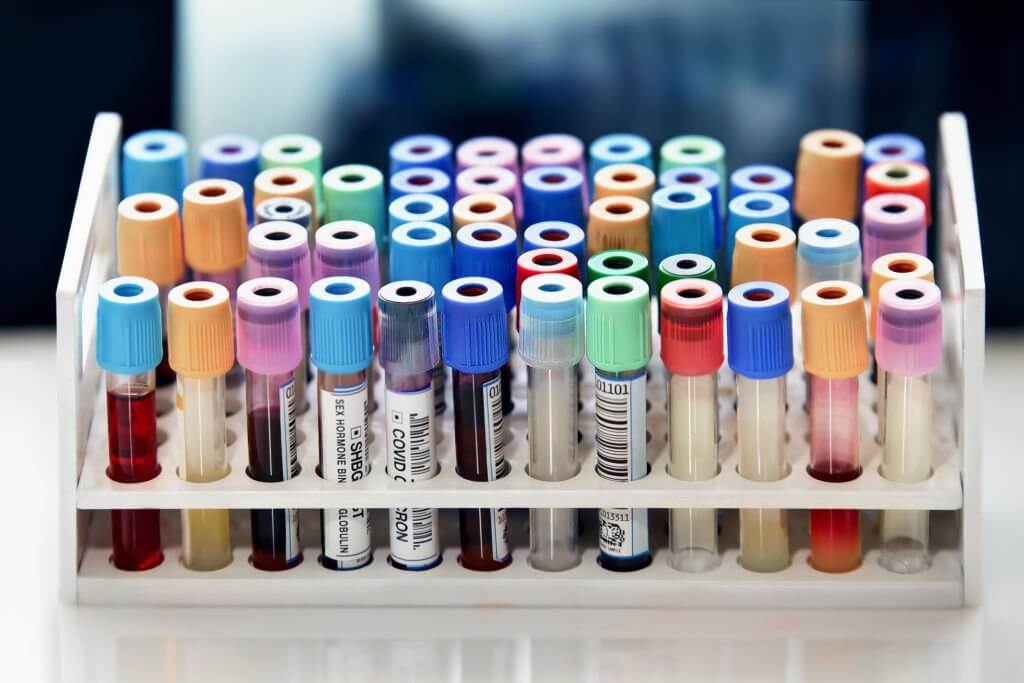News and Blogs
What is An Effective Specimen Collection and Transport System?

How Does Specimen Quality Affect Results?
The quality of specimens collected from patients directly impacts the accuracy of laboratory test results. Poor quality samples can lead to unreliable diagnoses and inappropriate treatment decisions. Mycobacteriology labs must work closely with healthcare providers who collect patient specimens to ensure proper collection, labeling, storage and transport procedures are followed. Detailed instructions and feedback should be provided. Rejecting unsuitable specimens and monitoring quality indicators helps labs maintain high standards.
What Are the Different Specimen Types for TB Testing?
There are two main categories - respiratory and non-respiratory specimens. For pulmonary TB, sputum is the most common sample, collected by expectorating or inducing with saline. Bronchoalveolar lavage, bronchial wash, and other respiratory samples may also be collected. Non-respiratory specimens include tissues, body fluids, blood, stool and urine. Each type has optimal collection volumes and handling requirements. For example, sputum should be mucoid and purulent, not saliva. Tissues cannot be placed in preservatives. Proper collection maximizes recovery of Mycobacterium tuberculosis.
Why Are Precautions Needed During Specimen Collection?
Collecting respiratory specimens like sputum poses a risk of aerosol transmission if the patient has infectious TB. Airborne precautions are required, including use of a negative pressure isolation room. All staff must wear fit-tested N95 respirators and be trained on their proper use. The specimen collection procedure has the potential to generate infectious aerosols. Sealing sputum in leak-proof containers helps minimize exposure. Prompt transport to the laboratory further reduces transmission risks.
How Should Specimens Be Transported and Stored?
Ideally, specimens should be delivered to the lab within 24 hours of collection. Refrigeration can help limit growth of contaminating microbes if delivery is delayed. They must be packaged properly for transport according to DOT and IATA regulations. This includes using the triple packaging system of primary leak-proof container, secondary absorbent lined container, and rigid outer shipping container marked with UN3373 label. Detailed instructions help submitters package specimens safely. Specimens should not be allowed to sit at room temperature for prolonged periods.
Why Is the Specimen Processing Method Important?
Sputum and other non-sterile specimens must undergo specific digestion, decontamination and concentration steps in the lab before culture inoculation. Digestion liquefies the sample using a mucolytic agent like NALC to release TB. Decontamination kills normal flora that could overwhelm slow-growing Mycobacterium. Centrifugation concentrates the bacteria. The NALC-NaOH method is commonly used but other options exist. Precise timing of the decontamination exposure is critical - overprocessing reduces TB recovery. All manipulations should be performed in a biosafety cabinet to contain aerosols.
How Can Labs Monitor Quality?
Indicators like contamination rates and culture positivity rates help labs monitor pre-analytical, analytical, and post-analytical phases. Targets for contamination should be 2-5% on solid media and 7-8% in liquid media. Trends are analyzed to pinpoint issues like poor specimen quality on receipt, improper processing, or culture cross-contamination. Positivity rates assess false positives/negatives and reflect local TB epidemiology. Rates outside expected ranges prompt investigation into possible causes.
What Principles Are Important for Centrifugation?
Concentrating specimens by centrifugation is necessary to sediment the bacteria. Relative centrifugal force (RCF) measured in g rather than rpm determines sedimentation efficiency. Mycobacteria require a minimum of 3000 x g for 15 minutes. Refrigeration prevents lethal heat buildup. Aerosol-proof centrifuge cups are necessary for safety containment. Careful pouring off of supernatant prevents losing the bacterial pellet. Staff must be trained on proper balancing, loading, operation and unloading. Regular maintenance and calibration ensures optimal performance.
Following best practices for every aspect of specimen collection through processing reduces errors and improves diagnostic accuracy. Strict attention to protocols protects staff safety. Continuous monitoring provides early warning of any quality issues that could impact patient testing. Ongoing competency assessment provides assurance that personnel have the necessary skills. Ultimately, quality specimens and quality testing provide quality results for informed clinical decision making.
Click to View → Mantacc Specimen Collection System
Related Posts
Everything You Need To Know About Cervical Specimen Collection
Specimen Collection and the Ongoing Battle Against Tuberculosis in Indigenous Populations
The Science of Detection in Forensic Drug Testing and Specimen Collection Methods
A Comprehensive Guide to Specimen Collection for Gastrointestinal Pathogen Detection
Nasopharyngeal Swab vs Oropharyngeal Swab: Which is Better In Specimen Collection?






